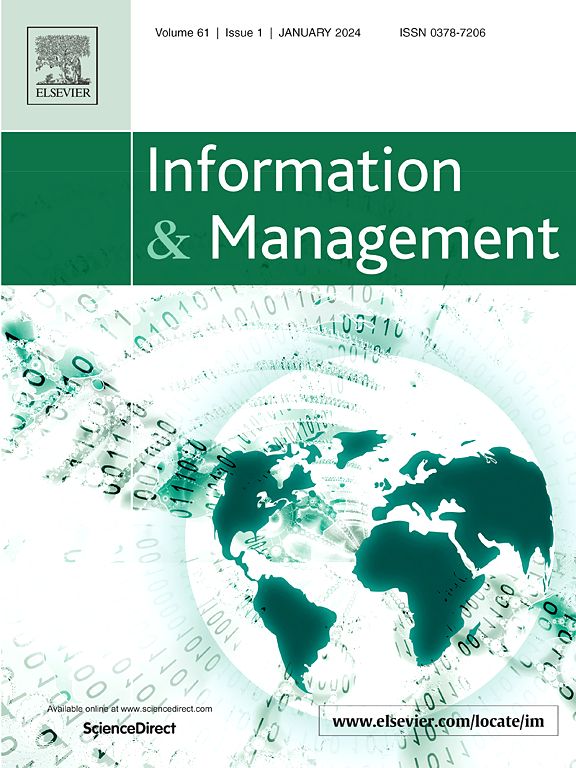允许还是不允许?竞争平台应对广告拦截软件的战略选择
IF 8.2
2区 管理学
Q1 COMPUTER SCIENCE, INFORMATION SYSTEMS
引用次数: 0
摘要
广告拦截器的使用对依靠广告为生的在线平台构成了威胁。通过建立两个竞争平台的分析模型,我们研究了在现有平台允许用户使用广告拦截器的情况下,新进入的平台是否应该采用允许、禁止或禁止白名单策略来应对广告拦截器。我们的分析表明,新进入者并不总是遵循现有企业的战略。如果普通用户对广告的敏感度较高,新进入平台应采用Ban或Ban-白名单策略,否则,最好采用Allow策略。随着轻广告水平或网络效应的增加,进入平台选择Ban策略的可能性越来越小,而选择Allow策略的可能性越来越大。我们还研究了新进入平台不同战略选择对现有平台的影响,发现当新进入平台采用禁令白名单策略时,如果广告敏感性高,现有平台可以获得更高的利润。我们的研究结果也有助于现有平台调整其最佳广告强度,以有效地应对竞争。特别是,随着网络效应强度的提高,两大平台都会降低广告强度。此外,我们发现只有当新进入平台采用允许或禁止白名单策略时,才能实现两个平台和社会福利的三赢。最后,我们的研究探讨了广告拦截器的好处,并通过模型扩展证明了结果的稳健性。本文章由计算机程序翻译,如有差异,请以英文原文为准。
Allow or not? Strategic choices of competing platforms in response to ad blockers
The use of ad blockers poses a threat to online platforms subsisting on advertising. Building an analytical model with two competing platforms, we investigate whether the entrant platform should adopt an Allow, Ban or Ban-Whitelist strategy in response to ad blockers, if the incumbent platform allows the users to use the ad blockers. Our analysis reveals that the new entrant does not always follow the strategy of the incumbent. If regular users have high ad sensitivity, the new entrant platform should adopt the Ban or Ban-Whitelist strategy, otherwise, the Allow strategy is better off. As the ad-light level or network effects increase, the entrant platform is less likely to choose the Ban strategy and more likely to adopt the Allow strategy. We also examine the impacts of different strategic choices made by the new entrant platform on the incumbent platform and find that the incumbent platform can achieve higher profits when the entrant platform adopts the Ban-Whitelist strategy if the ad sensitivity is high. Our findings also assist the incumbent platform in adjusting its optimal ad intensity to effectively respond to the competition. Specially, the two platforms will decrease the ad intensities as the strength of network effects becomes higher. Furthermore, we find that a win-win-win outcome for the two platforms and social welfare can only be achieved when the new entrant platform adopts the Allow or Ban-Whitelist strategy. Finally, our study explores the benefits of ad blockers and demonstrates the robustness of the results through model extensions.
求助全文
通过发布文献求助,成功后即可免费获取论文全文。
去求助
来源期刊

Information & Management
工程技术-计算机:信息系统
CiteScore
17.90
自引率
6.10%
发文量
123
审稿时长
1 months
期刊介绍:
Information & Management is a publication that caters to researchers in the field of information systems as well as managers, professionals, administrators, and senior executives involved in designing, implementing, and managing Information Systems Applications.
 求助内容:
求助内容: 应助结果提醒方式:
应助结果提醒方式:


